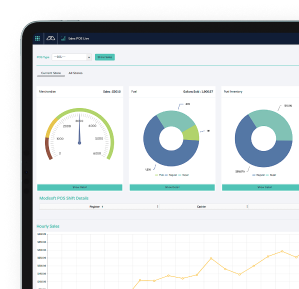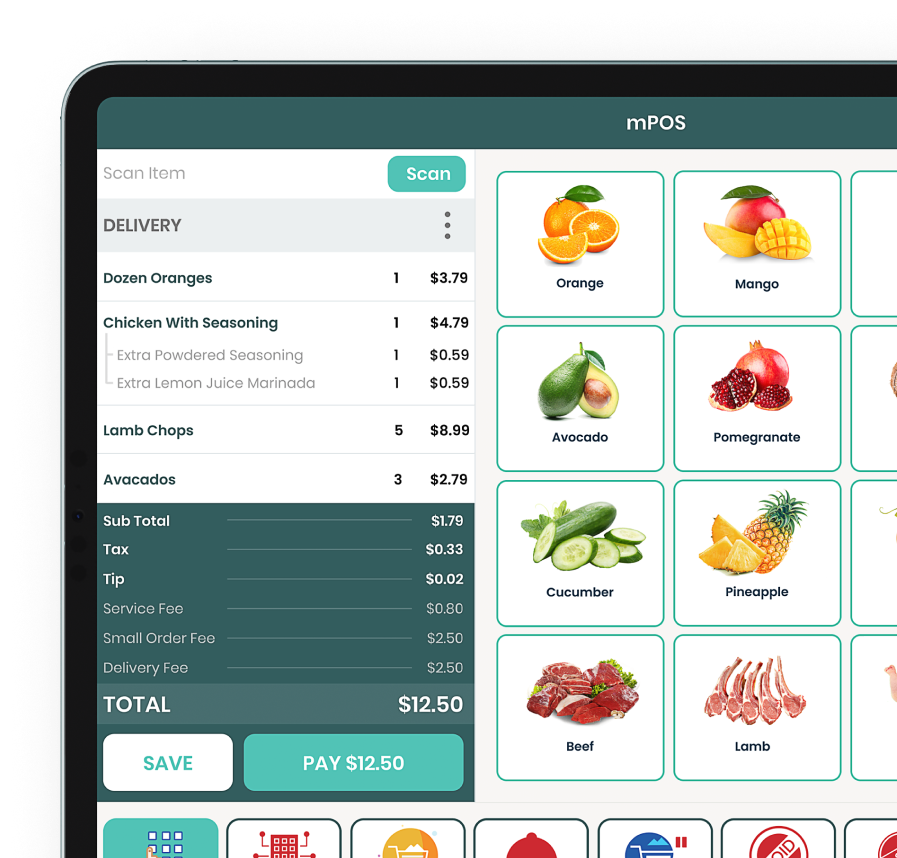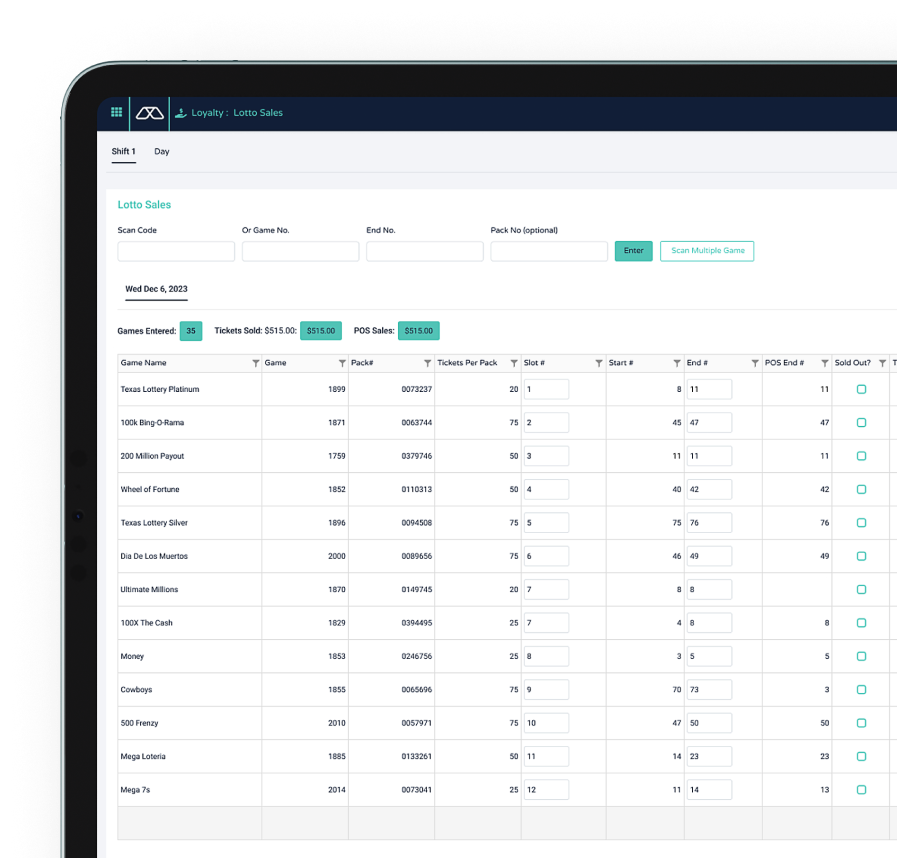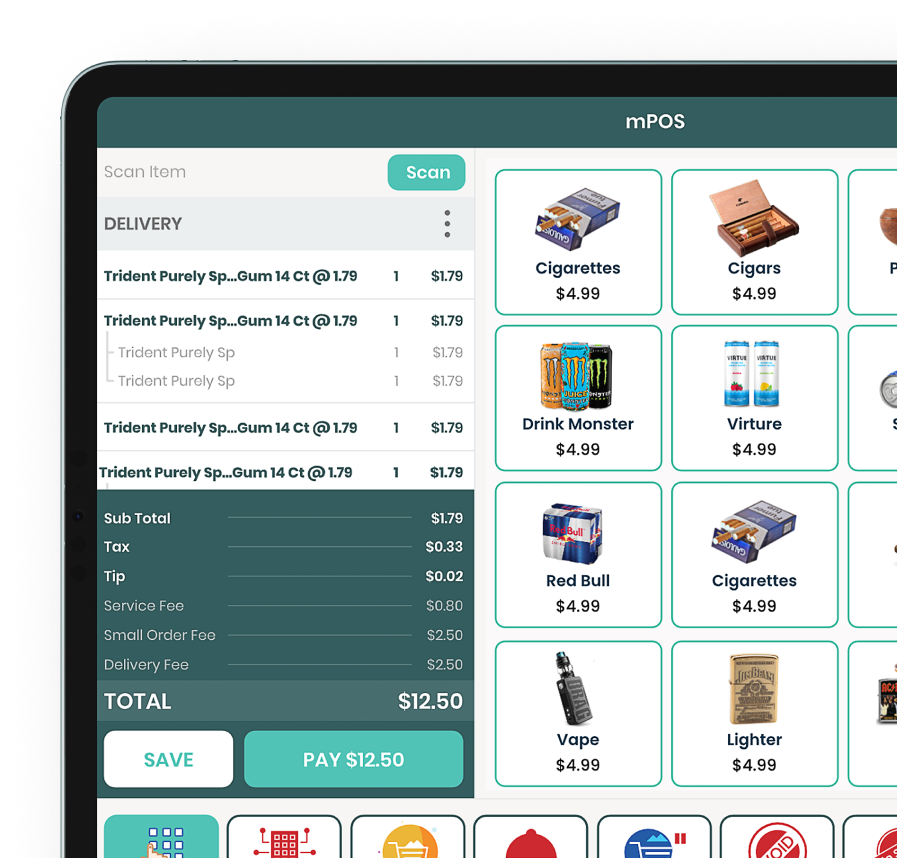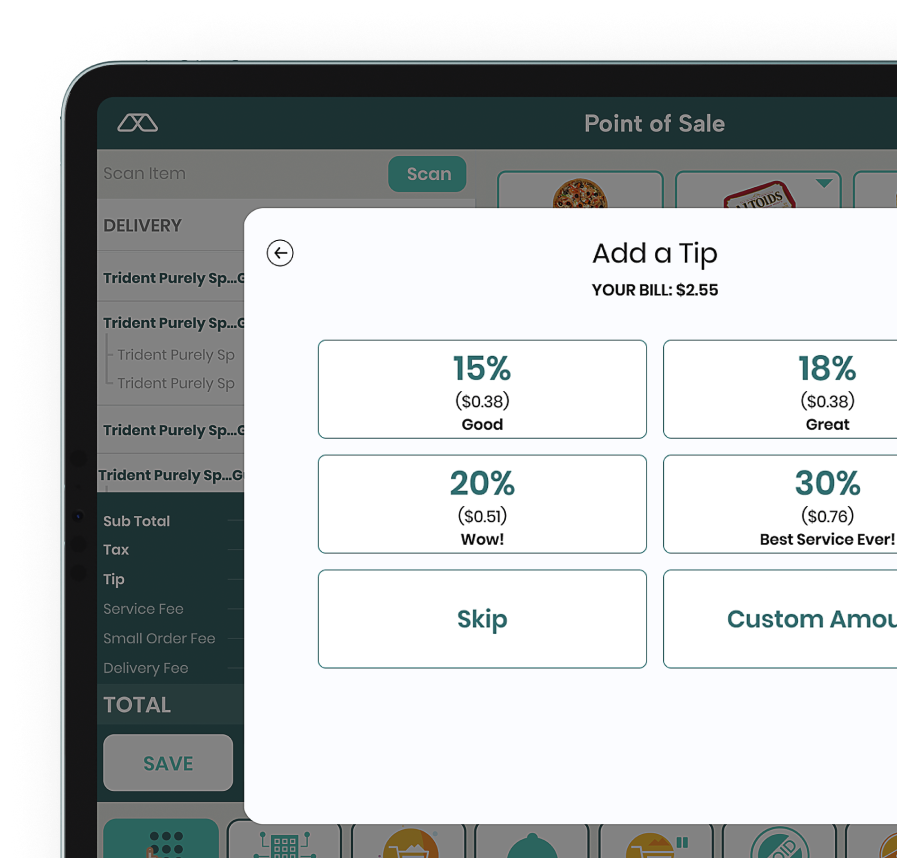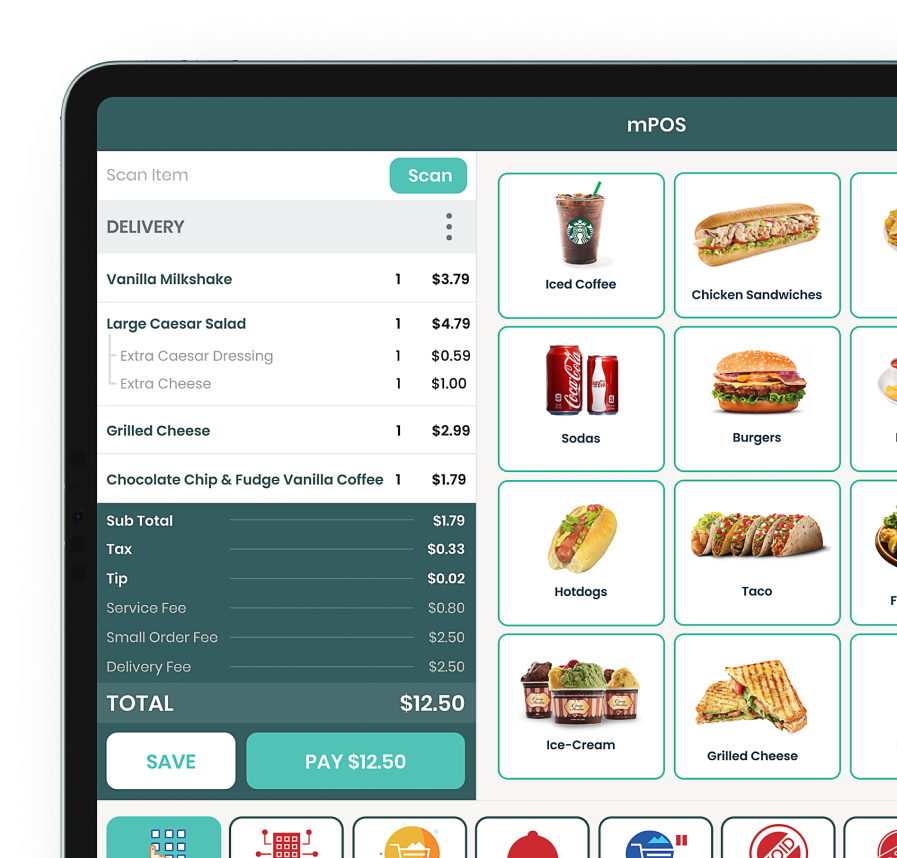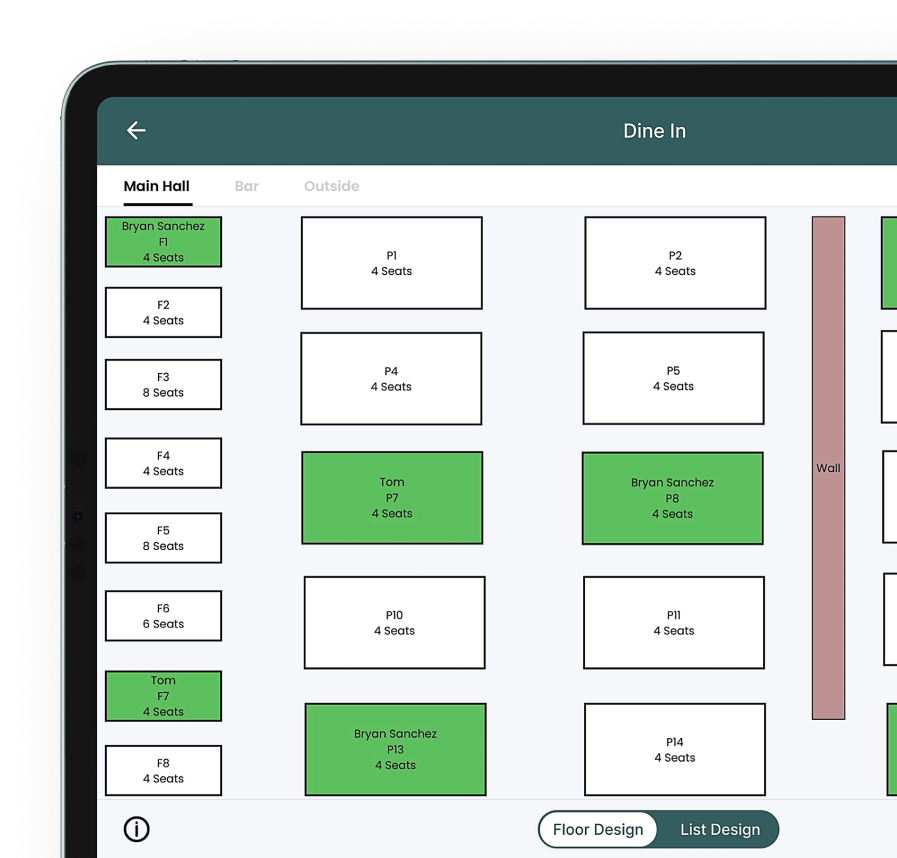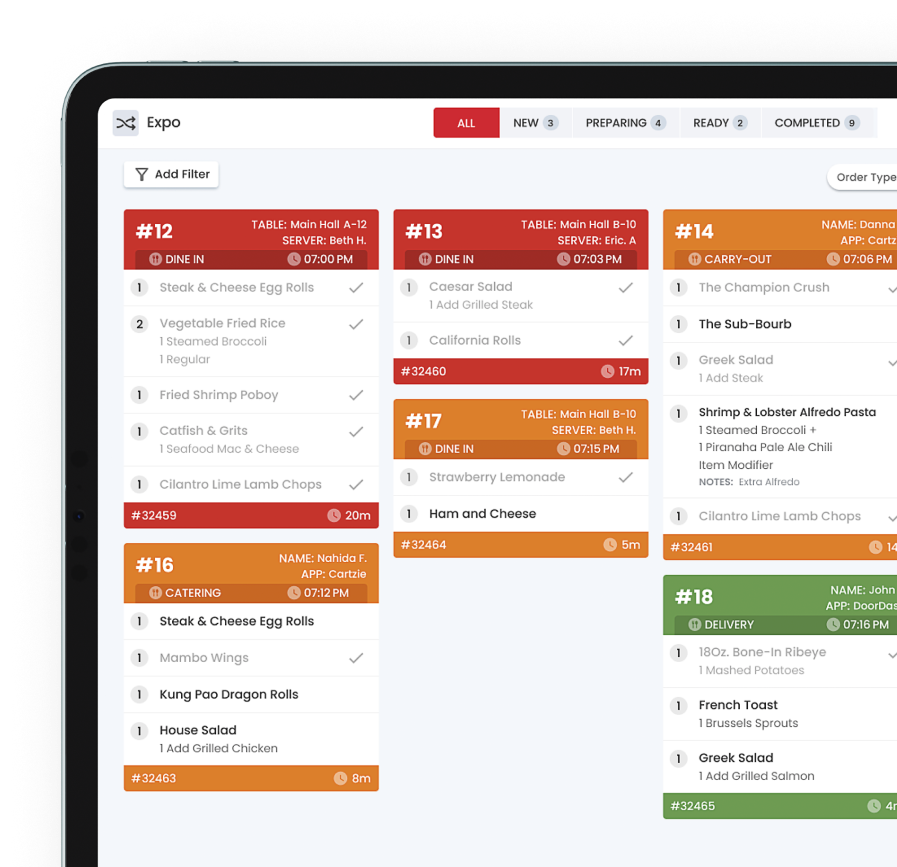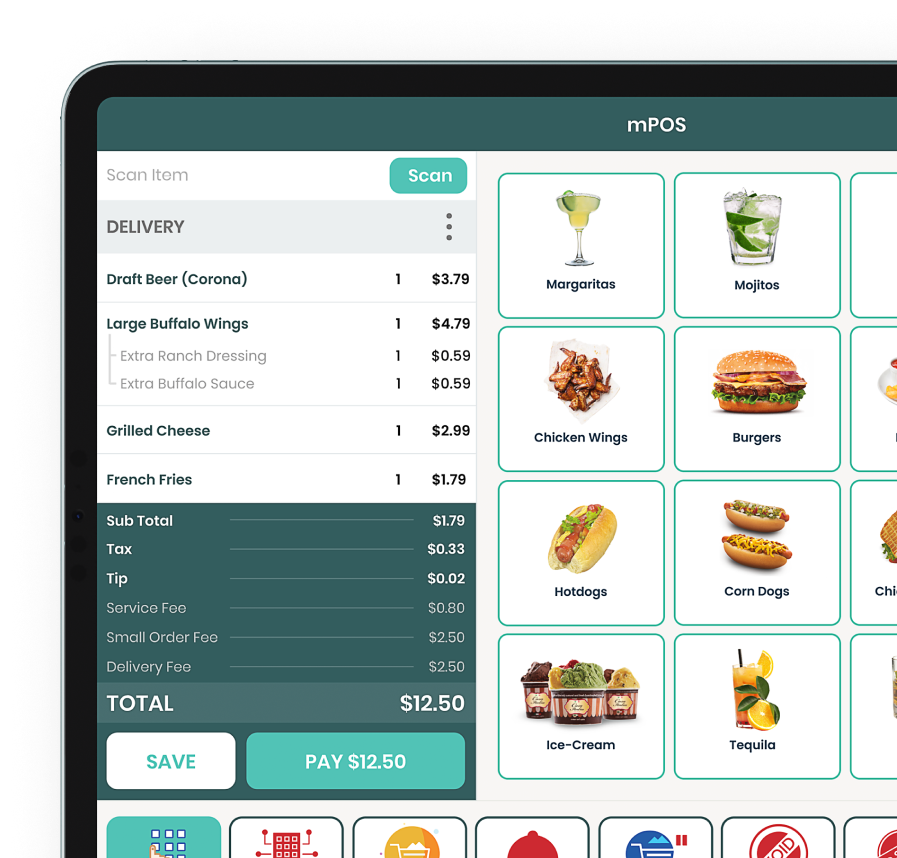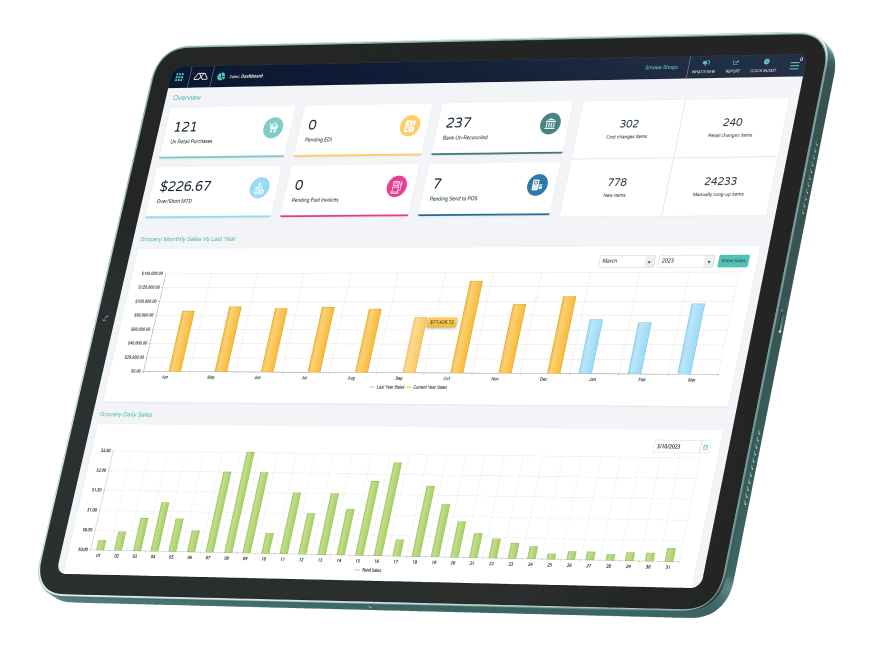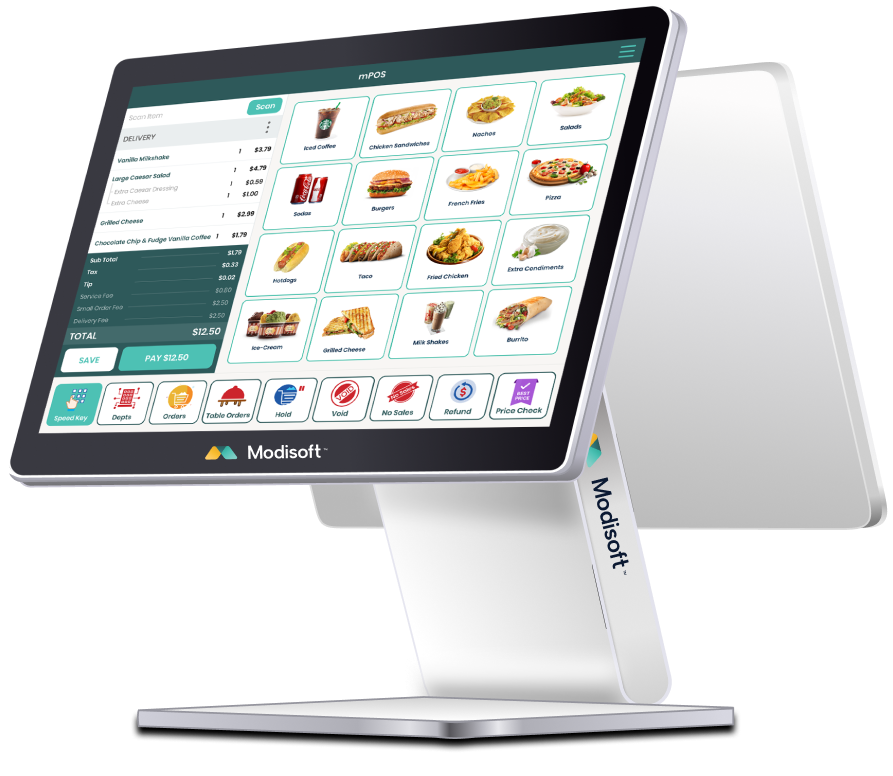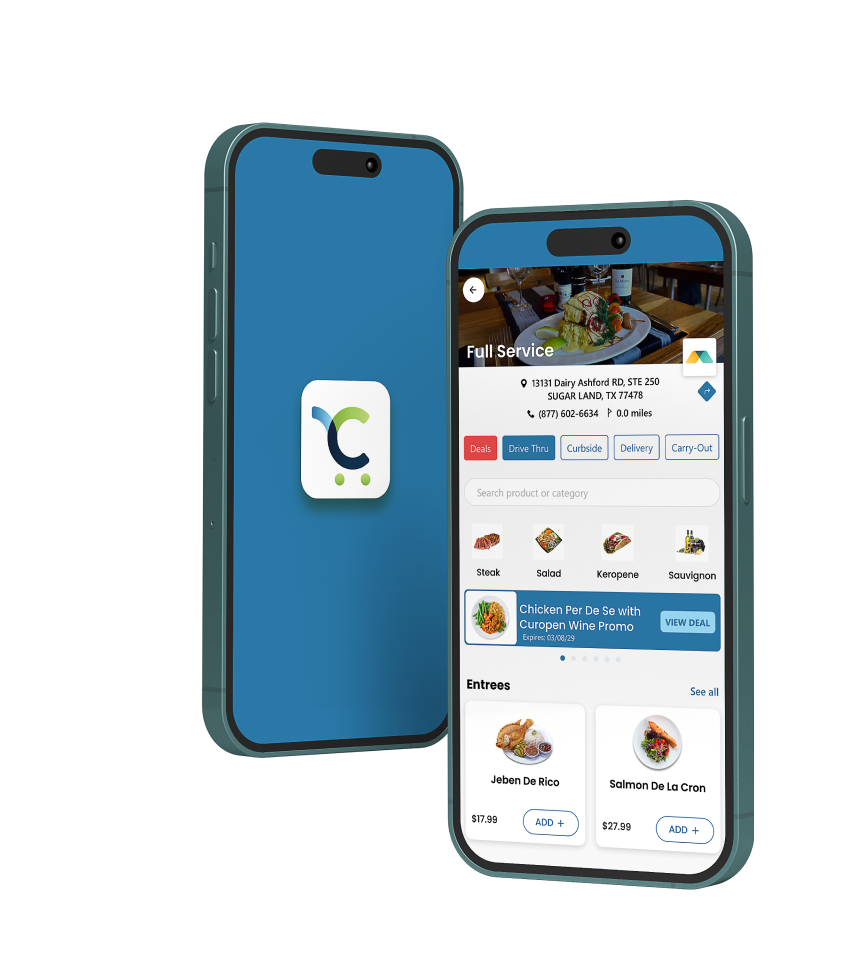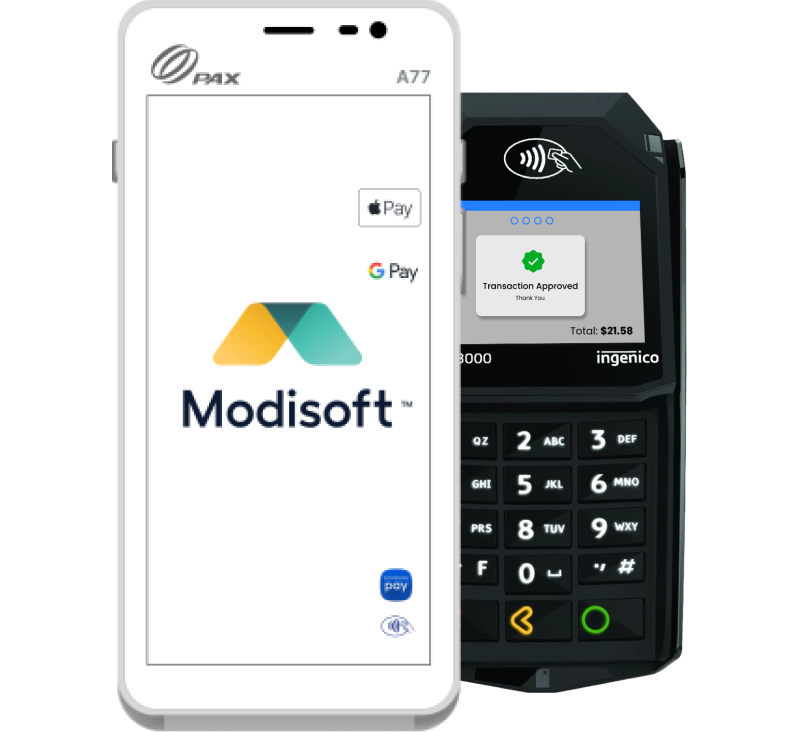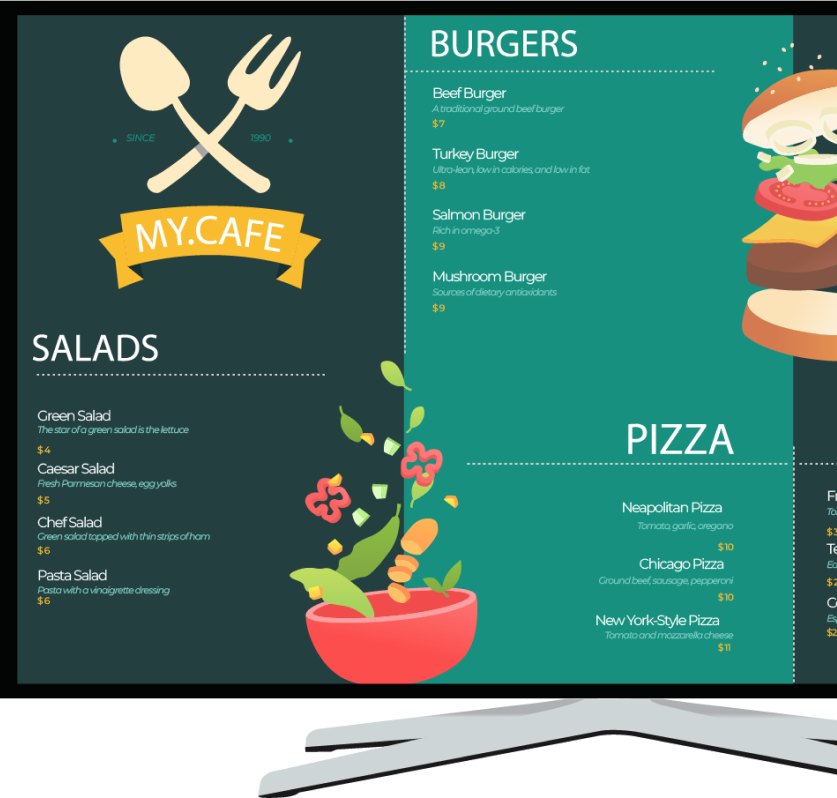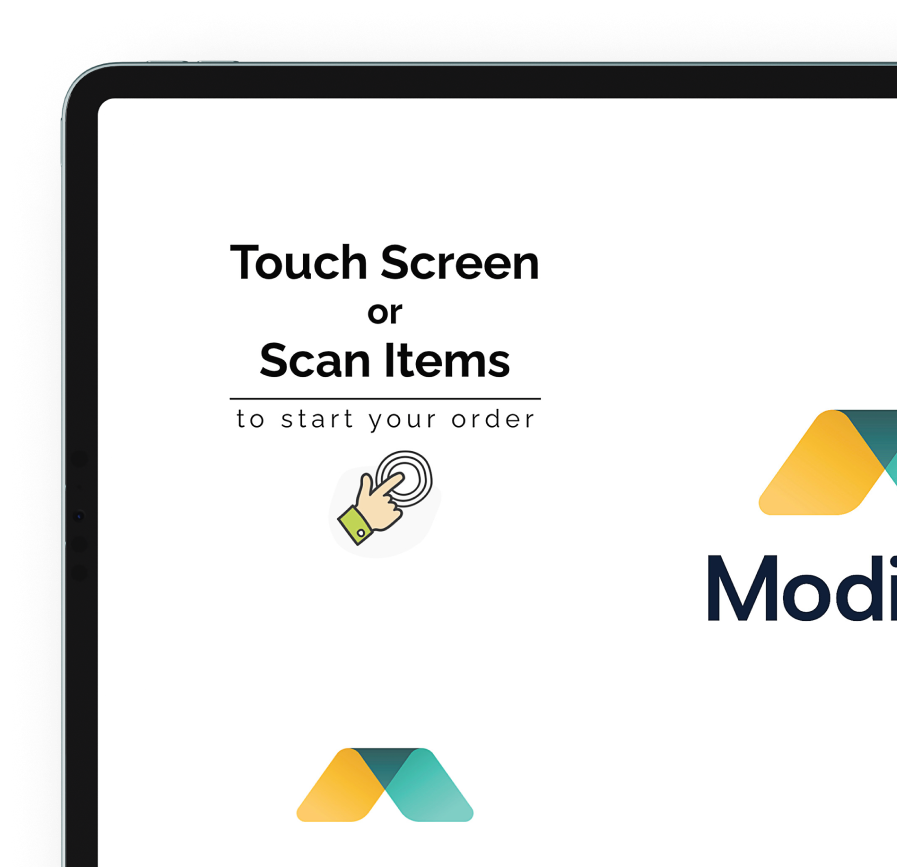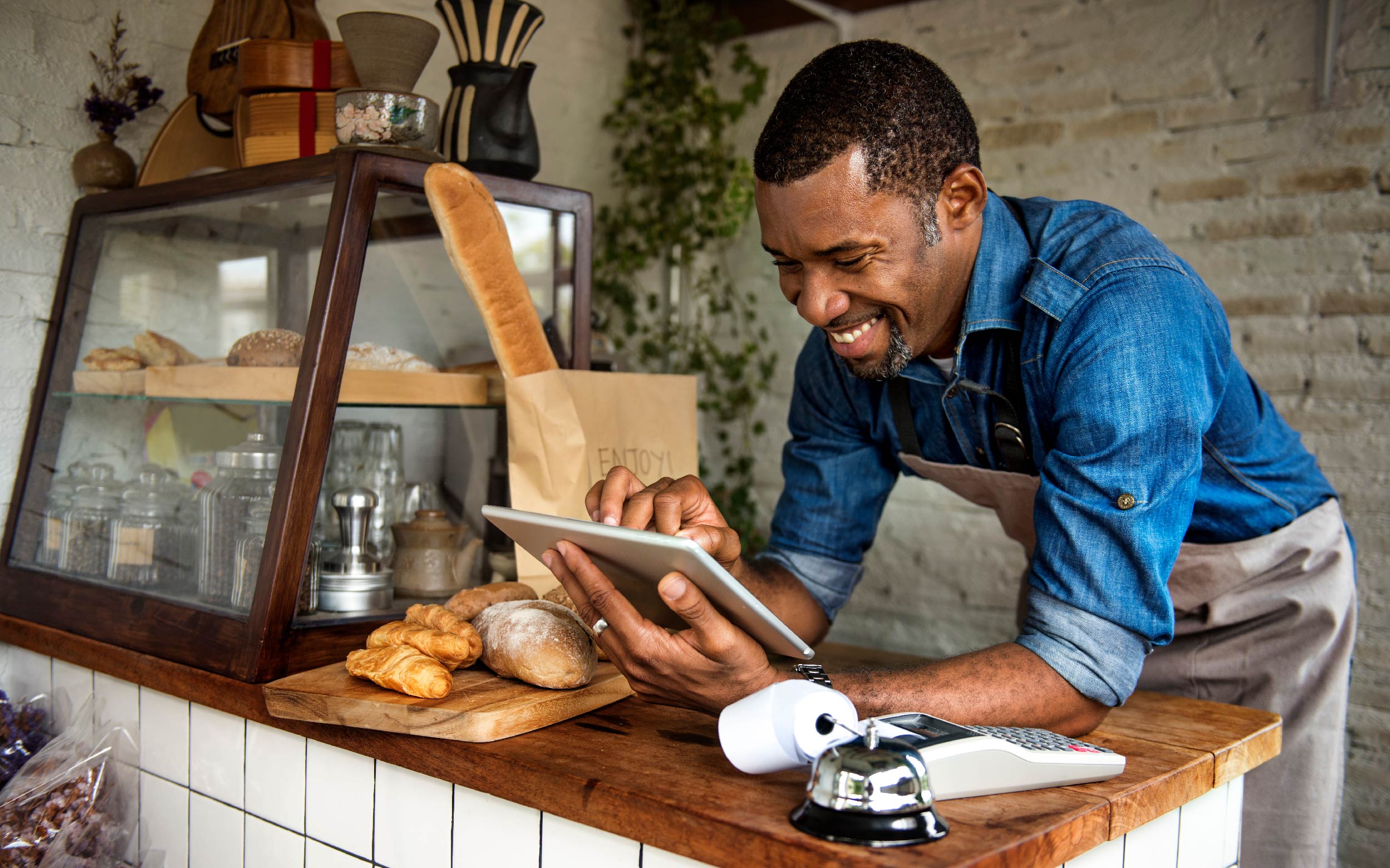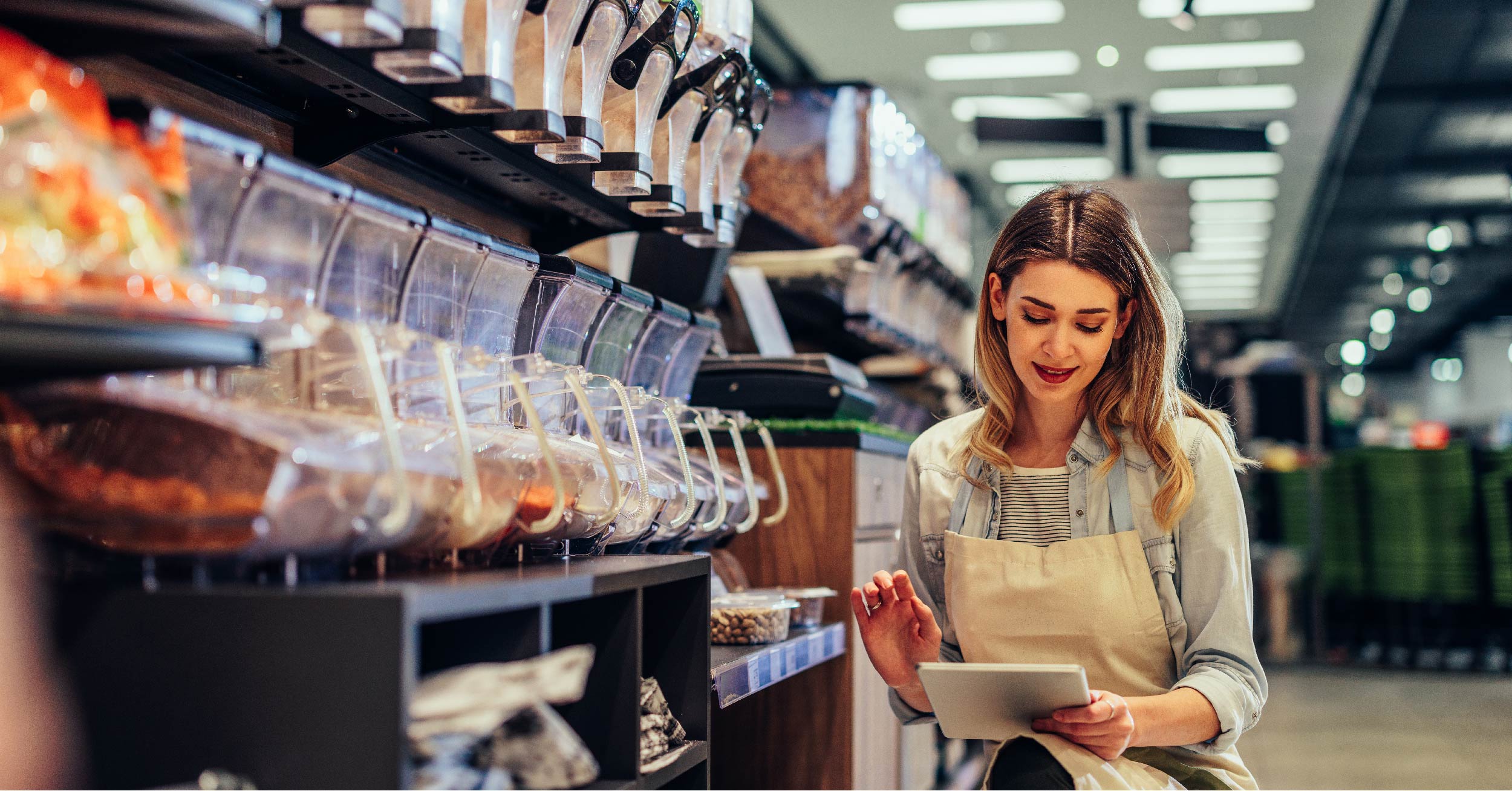Wondering how to start a restaurant with no experience? As an aspiring entrepreneur, you could be dreaming about the endless possibilities within the restaurant industry. Taking a restaurant idea from a dream to a reality can be lucrative, but without the proper vision, planning, and execution, you’re going to be fighting an uphill battle.
According to a report by CNBC, around 60% of restaurants fail during their first year of launch, and 80% fail within the first five years. This is mainly due to the lack of proper planning and execution.
As a beginner, you might have mixed thoughts about whether or not you should open a restaurant. By exploring different restaurants and experiencing poor dining, or noticing unprofessional service, you might get inspiration to open a restaurant that serves better food, service, and experience.
While that is a good thought, the restaurant business is a lot more than just serving food. You need to invest significant capital and time to build and run a successful restaurant.
But do you need experience before opening a restaurant? Starting a restaurant without a background or experience might seem like a tall order, but it’s doable. You need to surround yourself with a killer team that consists of passionate individuals who bring skills to the table that complement your vision.
Today’s blog covers all the things that you should consider before starting a restaurant.
Is It the Right Time to Invest in The Restaurant Business?
Opening your first restaurant can be overwhelming. There are so many things to consider, from the location of the restaurant to planning how to market it online.
So, is it worth investing your time and money in the restaurant business? Well, there is no straight answer. Running a restaurant business can be difficult for some, while for many it can be an exciting journey.
But it’s no surprise that restaurants are one of the biggest contributors to the domestic economy in the U.S. According to the U.S quick service restaurant (QSR) industry’s output, the total revenue was roughly 111 billion U.S dollars over fifteen years, reaching 275.7 billion U.S dollars in 2022. In 2023, the estimation was 289.6 billion dollars exceeding all the previous years.
This clearly states that investing in the restaurant business can be fruitful, but just like other businesses it also has pros and cons. You must follow the trends, implement the right strategies, and have an action plan in place.
How Profitable Is Owning a Restaurant?
With such massive revenue, you must think restaurants make substantial profits. Well, not always. Especially when you are completely new in the industry. In the food service industry, there are very high operational costs involved which often leads to thin profit margins.
While incoming revenue is great, profit margin determines the long-term success and viability of a business. According to the National Restaurant Association, the average profit margin for a typical restaurant is roughly around 5%.
This might seem low, but it’s an average profit based on the data obtained from all kinds of restaurants, from pizzerias to coffee shops. It includes the good, bad, and ugly. There are many more opportunities in the restaurant business when you put a strict budget together, and when you understand your targets. Profits can grow up to 15-20% for some very successful restaurants.
All you need is to be good at managing your restaurant efficiently. Yes, it might take time, but with dedication, consistency, and the right approach you can make your restaurant business highly profitable.
Steps To Start Your Restaurant Business from Scratch
Starting a restaurant business isn’t always about the capital you invest. Everything is tied together. Employee management, strategy, and customer experience are huge factors in the success of your location. If you fail to plan properly you might fail to run your restaurant successfully. Therefore, you always need to have an action plan in place. Here are the key steps to help you start your restaurant preparation successfully.
1. Select the Restaurant Type
When opening a restaurant, the first step you need to take is to choose the type of restaurant you want to open. There are various restaurant industry segments and selecting one can help you to understand the competitive landscape, better strategize your entry, and stand out in the market. The most common restaurant segments are:
- Fast-Casual– These types of restaurants offer the convenience of fast food without providing full service of fine dining. It is less expensive compared to the other restaurant types due to limited services, and limited dining.
- Full-Service– The full-service restaurants offer a full-sized dining area where food is directly served to the customer’s table. There are two types of full-service; fine dining and casual dining. You need to offer a wide variety of food to increase traffic.
- Fast-Food– These types of restaurants, also known as quick service restaurants, specialize in providing speedy service to customers. It’s based on a grab-and-go model where most customers prefer to place their orders and take food to go.
2. Create a Restaurant Business Plan
A restaurant business plan is the roadmap you use to open a successful restaurant. It is the base of your restaurant business that helps you to navigate each stage of launching and running your restaurant. When working on creating a restaurant business plan you need to ensure that it includes the following key sections.
- Executive Summary– If you are representing this business plan to any potential investors, then it is a must for you to add an executive summary. It usually includes mission statements, proposed concept development, cuisine selection, overall execution, potential cost, and projected ROI.
- Description of Your Restaurant– In this part of your business plan you introduce your company and brand. You need to select a name and share a brief intro about yourself, contact details, and other relevant information. You also need to outline the short-term goals and long-term goals along with the legal standings of the restaurant.
- Market Analysis– In this section, you need to analyze your target market and determine the demographics your restaurant will cater to. You need to discuss your target audience’s age, habits, and trends. You also need to add your marketing strategy, as well as conduct competitor analysis.
- Menu– At this point it might be difficult to have a complete menu, but a mock-up can work too. Remember in the menu design, your key element should be pricing, and the main dishes that you’ll offer to your customers.
- Restaurant Design– Once you have decided on the type of restaurant you are opening, it’s time to discuss the restaurant design and outlook in the business plan. Remember to add restaurant software, and equipment
- License & Permit– When creating a business plan, you must ensure you obtain all the necessary licenses such as business license, liquor license, EIN, food service license, employee health permit, sale tax license, etc. It’s always recommended to seek legal guidance to ensure that you abide by all the proper state and federal laws.
3. Select The Right Location
Selecting the location for your restaurant plays a vital role in making your business successful. Without the right location, you can’t generate foot traffic. Therefore, you must pay close attention to the location you select. Here are the key points that you need to consider when selecting a restaurant location.
- Target Demographics– You need to consider your market when picking the location. Know whether that location is suitable to reach your ideal customers or not.
- Space Requirement– Space requirement depends on the type of restaurant you want to open. But don’t compromise on the space even if the ideal location has high foot traffic but doesn’t meet your space requirement.
- Visibility– If your restaurant aims to be exclusive you will need to make sure that no buildings or other properties are blocking your restaurant so that people can easily spot it.
- Zone– When choosing a location, you need to consider the zoning laws to make sure that the type of restaurant you are opening is allowed in that area.
4. Do Cost Analysis
Almost every person who plans to open a restaurant wants to know “how much it will cost to open a restaurant”. There is no one-size-fits-all answer. The restaurant startup cost can vary depending on the following factors.
- Restaurant size
- Type of restaurant
- Number of staff
- Equipment
Opening a restaurant usually involves a lot of money. It can range anywhere between $175,500 and $750,500. It further depends on the cost of rent, furniture, construction costs, and any permits required to operate a new business. Once you have a thorough understanding of the areas where you intend to spend your money you will get a clear idea of the final expected cost.
5. Create a List of Essential Equipment & Items
One of the key factors that play a vital role in a new restaurant is always the kitchen equipment. Different food outlets require different types of equipment. However, there is certain equipment that is essential for all new restaurateurs. The top equipment that you’ll need is as follows:
- Kitchen Equipment
Different types of kitchen equipment are vital to your restaurant’s operation. What type of equipment you choose depends on the type of food on your menu, but there is a list of general equipment that every restaurateur should consider.
- Ovens and grills
- Stovetops and ventilation
- Fridges & freezers
- Cookware
- Food processors and blenders
- Food preparation area
- Shelving and storage
- Sinks and washing equipment
- Microwave
- Ice and beverage machines
Pro Tip:
If you are not able to invest in the equipment, you can always consider buying on lease, or purchase used equipment to keep your costs low.
- Hardware & Software
Once you have finalized the equipment, the restaurant hardware and software become the next concern. You will need proper hardware and software that can help you automate your restaurant operations. For instance, you can use restaurant POS software like Modisoft POS which helps you to manage inventory, plan seating during rush hour, manage employees, send orders to the kitchen staff, and assist in taking payments in person and online with ease.
6. Hire the Right Staff
Finding the right employee for your restaurant is crucial, especially when it’s a new restaurant. You need to invest in employees who are experienced, talented, and smart enough to cater to the needs of your customers. In the beginning, you’ll need to begin your operations by hiring key employees such as chefs, restaurant managers, cleaning staff, servers, etc.
7. Start Marketing Your Restaurant
Gone are the days when billboards and brochure marketing were the only tools to grab attention. Now, restaurants have a cheaper way to attract an audience and increase revenue. You can create an effective marketing strategy to establish credibility, create brand awareness, and start getting customers from day one.
Restaurant Trends You Need to Know
As you are planning to step into the restaurant industry it’s essential to stay ahead of trends to make sure that you meet the modern-day customer requirements. Apart from knowing the latest food trends, you also need to focus on the tech trends that are now becoming a prominent part of the industry. Some of the key trends that you must focus on are as follows.
1. Contactless Ordering
Contactless ordering was introduced during the pandemic, and soon it became a fast-growing trend, spurred by health and safety concerns. By leveraging technologies such as mobile applications, QR codes, and self-ordering kiosks, restaurants can easily minimize customer interactions while enhancing the customer experience.
2. Food Waste Management
Food waste is one of the common concerns of almost every restaurant. Many restaurants discard large quantities of edible food every day. To cope with this issue many food retail outlets are now transitioning to data-driven and innovative waste management strategies. Now businesses are using technologies such as advanced analytics, AI, chemical recycling, and more to control food waste and financial losses.
3. Predictive Inventory
Manual inventory is a traditional method that normally restaurant use to avoid overstocking. An inventory management system can help you forecast demand by using advanced data analytics and machine learning algorithms. This guides restaurants to maintain optimal inventory levels while minimizing excess or shortage.
Start Working on Opening Your Restaurant
When it comes to opening a restaurant, you always need to have a great vision, realistic goals, and enough capital to fuel your restaurant operation cost. Remember everyone starts from scratch, it’s the vision, dedication, right strategy, and execution that let you stand out in the market. The above steps will provide you with the guidance needed to open a restaurant successfully.
FAQs
Small restaurants do make money, but profitability depends on a variety of factors such as inventory cost, labor cost, and sales. You need to focus on cutting your costs and improving customer experience to increase revenue.
Which Restaurant Type Is Most Profitable?The restaurant industry includes different types of restaurants with both lower and high investment costs and a respectable profit margin. The following are the top restaurant types that can be most profitable.
- Bars
- Food Truck
- Diners
- Delivery
- Pizzeria
There are many challenges that a restaurant owner needs to face. As a new restaurateur, you can face the following challenges.
- Rising food costs and tackling inflation
- Hiring and retaining quality staff
- Minimizing customer acquisition cost









